Novice household coffee brewing utensils filter cups recommend what kind of appliances families need to drink coffee
Recently, Qianjie received such a Wechat message: "I just want to simply buy a V60 filter cup."... Why are there so many materials?! There is still a big difference in price, is the coffee really different? "
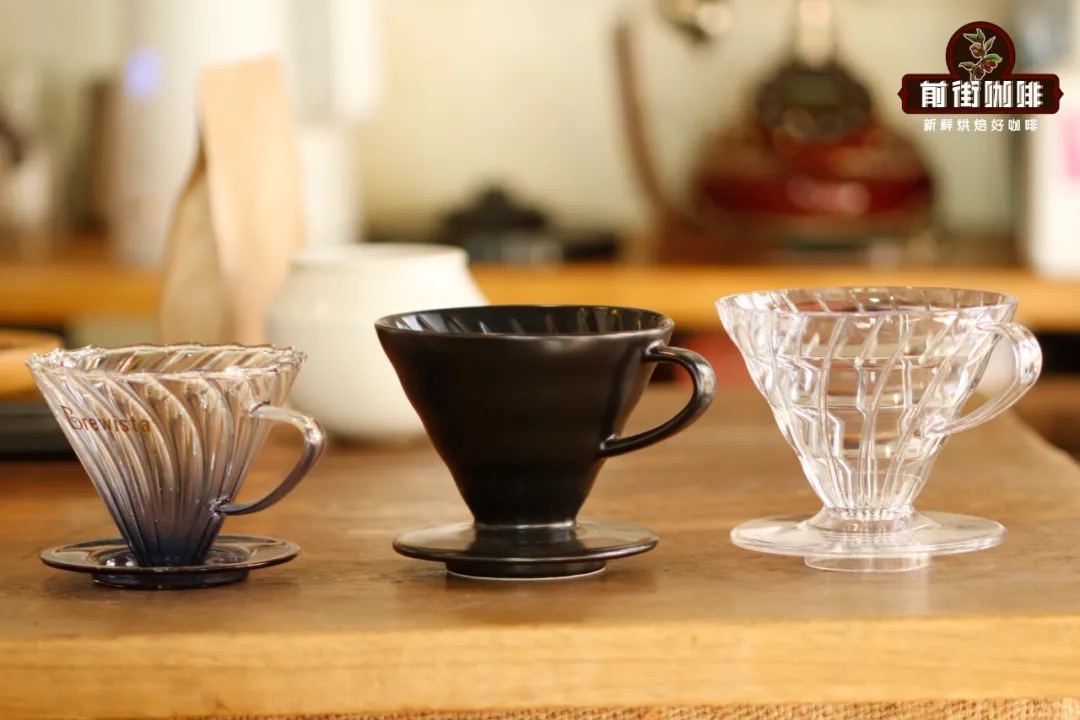
What is the difference between filter cups made of different materials?
Now the common V60 filter cup materials on the market are resin, glass and ceramics, the three materials are mainly different in thermal insulation and conductivity. (of course, there are portable aluminum and high-priced brass, but these two materials are not mainstream products, so there is no more introduction and comparison.)
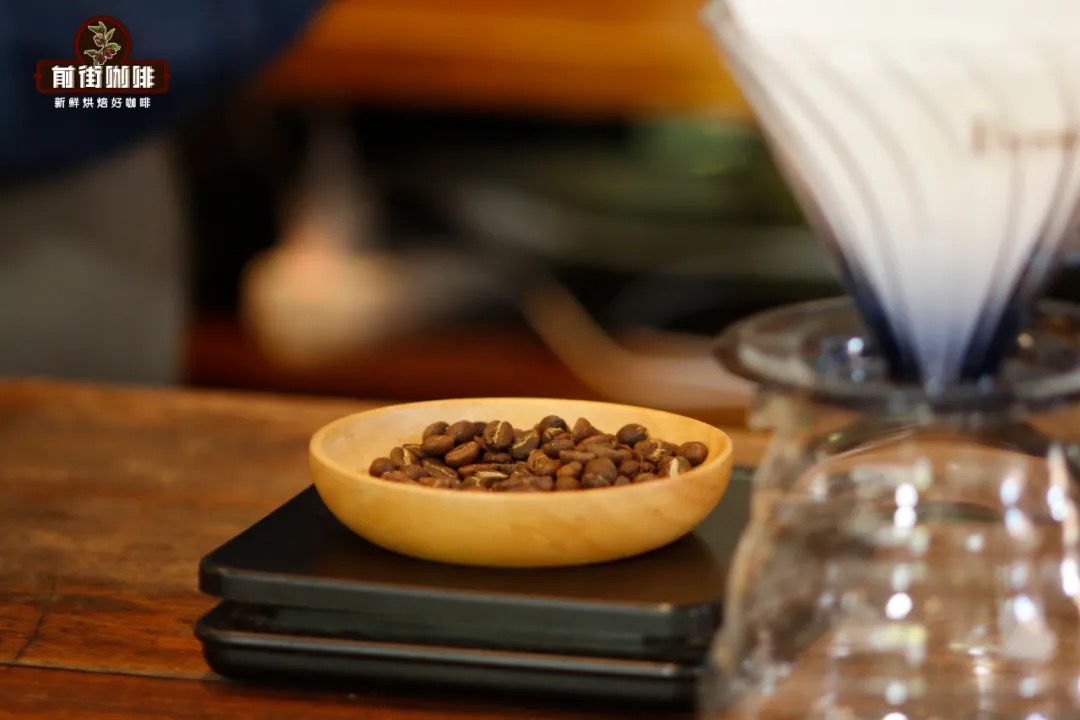
In the front street of this article, coffee beans will be washed with water from Yega Sheffield, Ethiopia, for comparison between filter cups. The amount of cooking powder is 15g, the temperature of boiling water is 91 ℃, the grinding is medium-fine grinding (the size of fine granulated sugar), the ratio of powder to water is 1:15, and water injection is divided into two stages.
"comparison of thermal insulation performance"
First of all, the front street tests the temperature of the powder layer of the coffee powder after full preheating, the temperature of the powder layer during steaming, the temperature of the powder layer during water injection and the temperature of the coffee after extraction.
Comparison of unpreheated filter cups
When unwetted
Stuffy steaming
During water injection
Extraction completed
Resin material
28.6 ℃
80.4 ℃
86.2 ℃
83.2 ℃
Glass material
29.1 ℃
83.5 ℃
86.3 ℃
83.3 ℃
Ceramic material
44.3 ℃
83.7 ℃
87.5 ℃
87.2 ℃
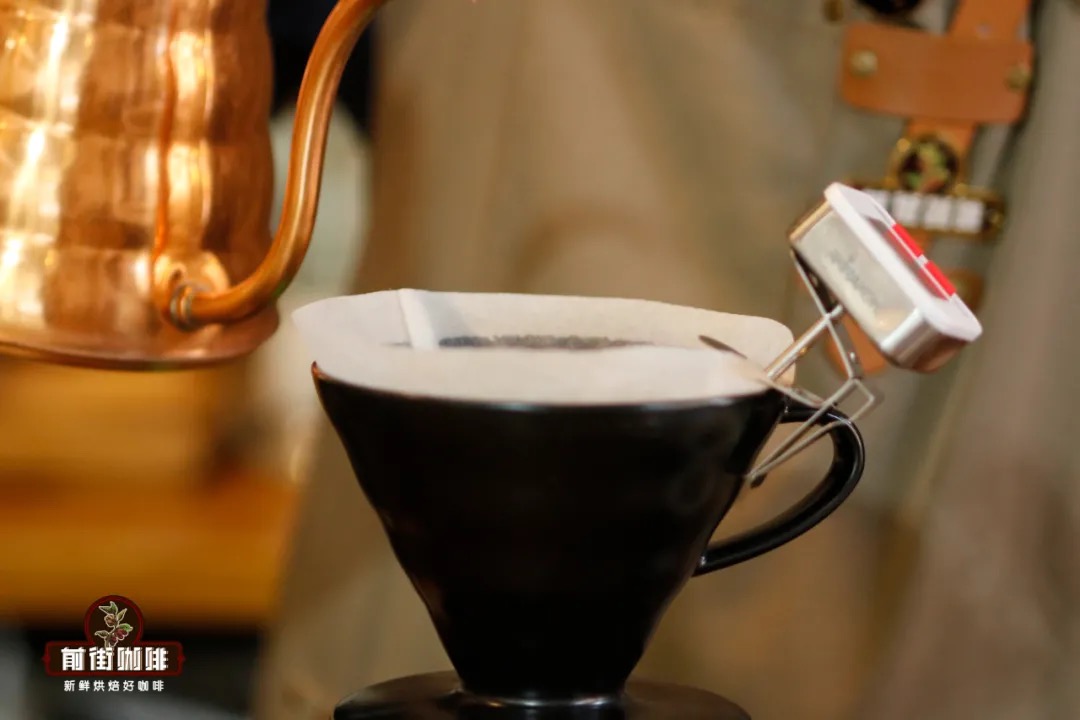
Comparison of uniform preheating of filter cup
When unwetted
Stuffy steaming
During water injection
Extraction completed
Resin material
36.1 ℃
80.3 ℃
86.3 ℃
83.1 ℃
Glass material
44.2 ℃
83.6 ℃
86.5 ℃
83.4 ℃
Ceramic material
44.5 ℃
83.8 ℃
87.7 ℃
87.1 ℃
From the two sets of comparative data, we can obviously observe that the thermal insulation performance of ceramics in the cooking process is the best, but the premise is that the ceramic filter cup needs to be preheated evenly! Although the thermal insulation performance is very good, due to the endothermic speed and thickness of the material, the ceramic filter cup needs more high-temperature water to achieve the same temperature of the whole filter cup.
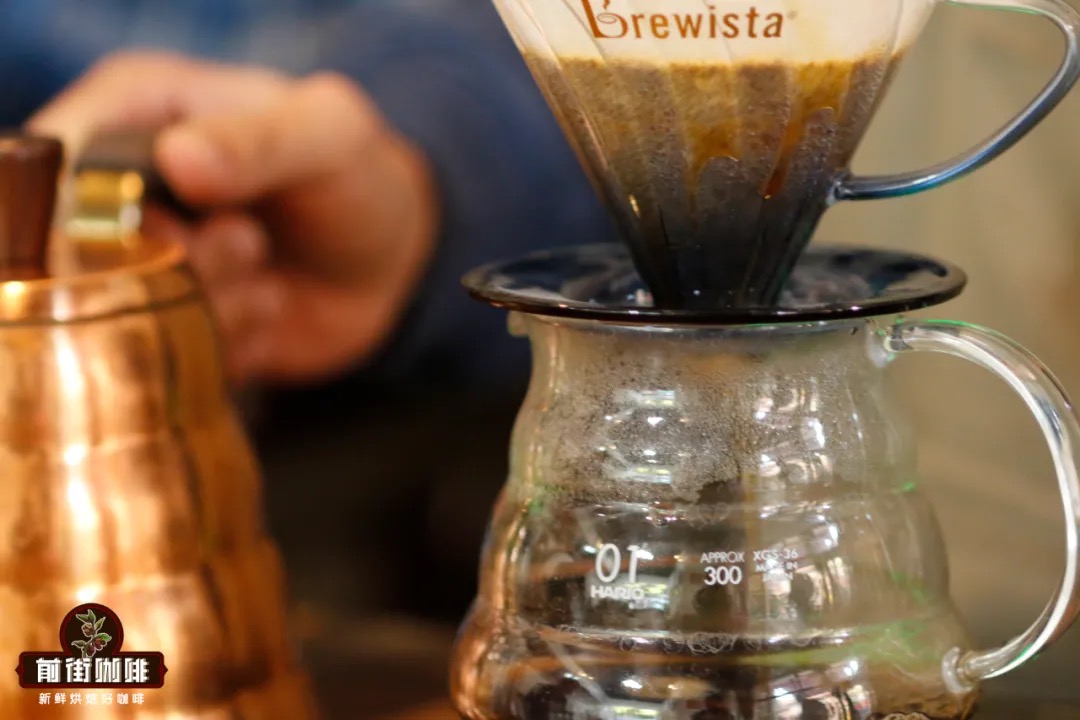
Whether the glass material is preheated or not, the constant temperature performance of the glass material is relatively better than that of the resin material, which can maintain the balance of the coffee temperature throughout the extraction stage, and will not heat up as slowly as the ceramic material or as rapidly as the resin material.
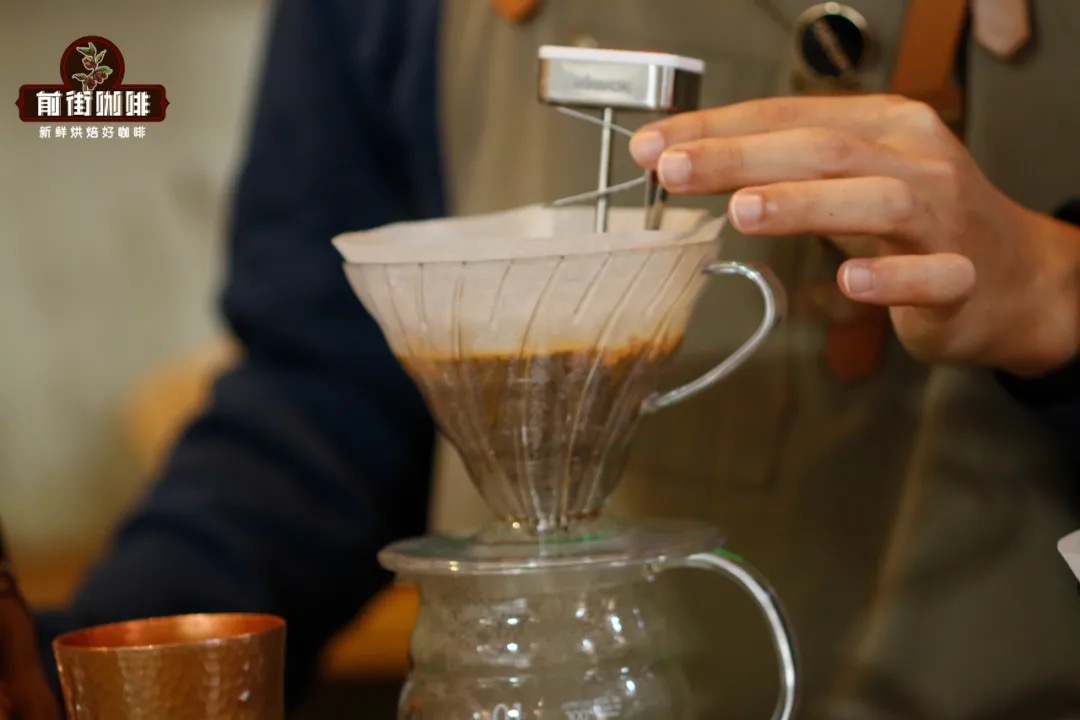
Resin material theory thermal insulation performance is the last of the three materials, but also "go your own way", whether you preheat or not with people, the temperature of the powder layer does not change too much in the process of extraction. So the ceramic material has such good thermal insulation, so the coffee must be better to drink, right? I'm not sure!
"Coffee flavor comparison"
Resin filter cup boils floral fragrance, lemon acid, sucrose sweetness, green tea, almond glass filter cup, jasmine, lemon acid, honey sweetness, green tea, almond ceramic filter cup, white flower fragrance, grapefruit peel, oolong tea
In terms of flavor, Qianjie believes that the coffee brewed with resin filter cup and glass green will be more layered, while the coffee brewed from ceramic will be fuller, but the final rhyme is a little green.
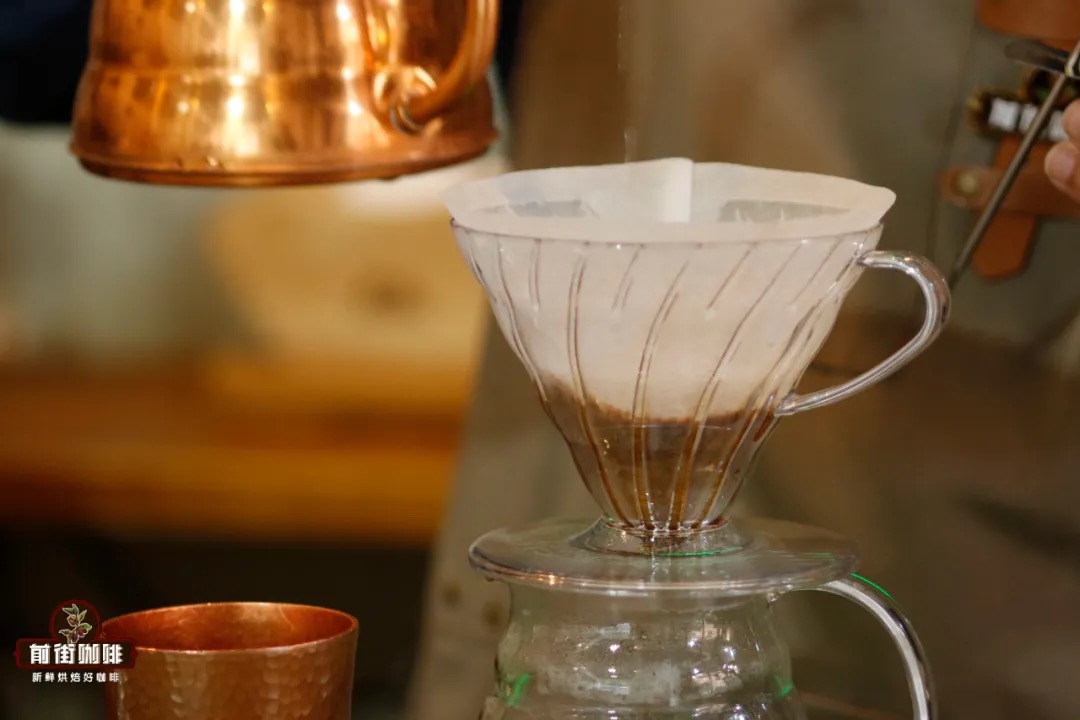
The different flavor substances of coffee will be released at different temperatures, and the resin and glass have better heat dissipation. In the process of brewing, the temperature of the powder layer can rise during water injection, cool down when water injection is stopped, and heat up again the next time water injection. To achieve a wavy temperature change. On the other hand, the temperature fluctuation of the ceramic material is low, and the coffee is always extracted at high temperature. at the same time, the diversion effect of the ceramic filter cup is slower than that of the resin filter cup and the glass filter cup, so the flavor will be fuller and even slightly excessive.
"comparison of diversion performance"
Although the filter cup wall is a curved vortex prism structure, extending from the cup mouth to the outlet to maximize the exhaust of coffee powder. Through observation and tactile comparison in the front street, the edges of the resin filter cup and the glass filter cup are more concave and convex than those of the ceramic filter cup, and a larger gap can be formed between the filter paper and the cup wall to increase the flow rate after wetting. both are suitable for brewing coffee beans with high layers.
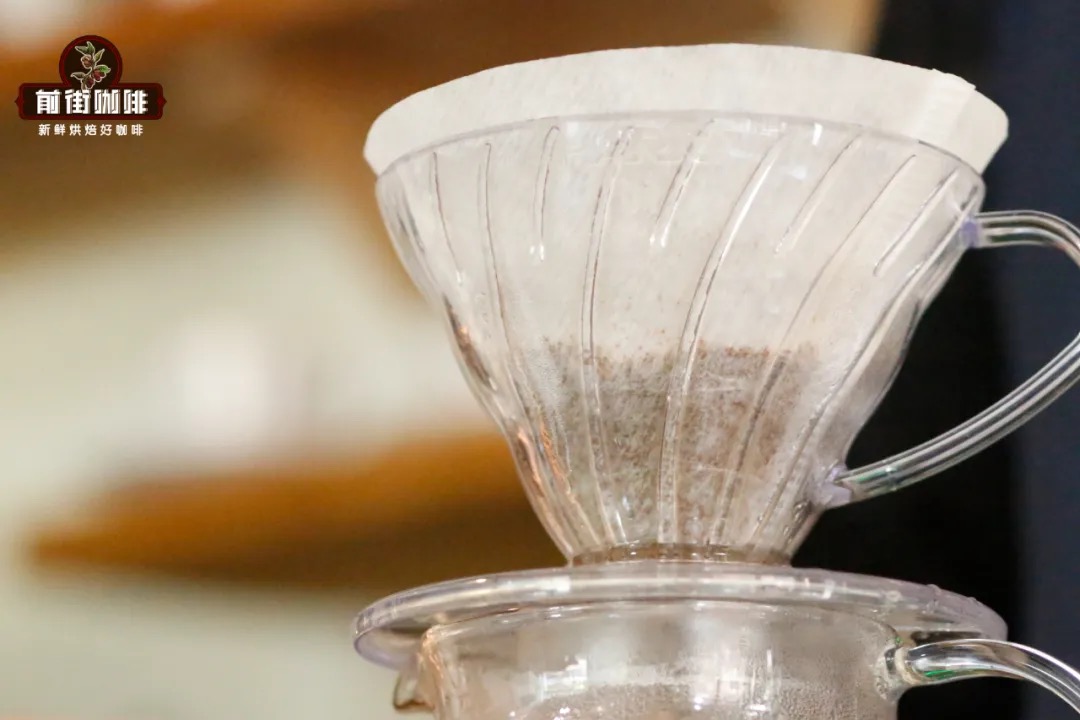
On the other hand, the edge of the ceramic filter cup is more round in touch, and when the filter paper is put into the filter cup and wetted, it will be easier to stick to the cup wall and narrow the exhaust channel, so the extraction speed will be a little slower than that of resin filter cup and glass filter cup. it is more suitable for cooking coffee beans that need full taste / mellow thickness.
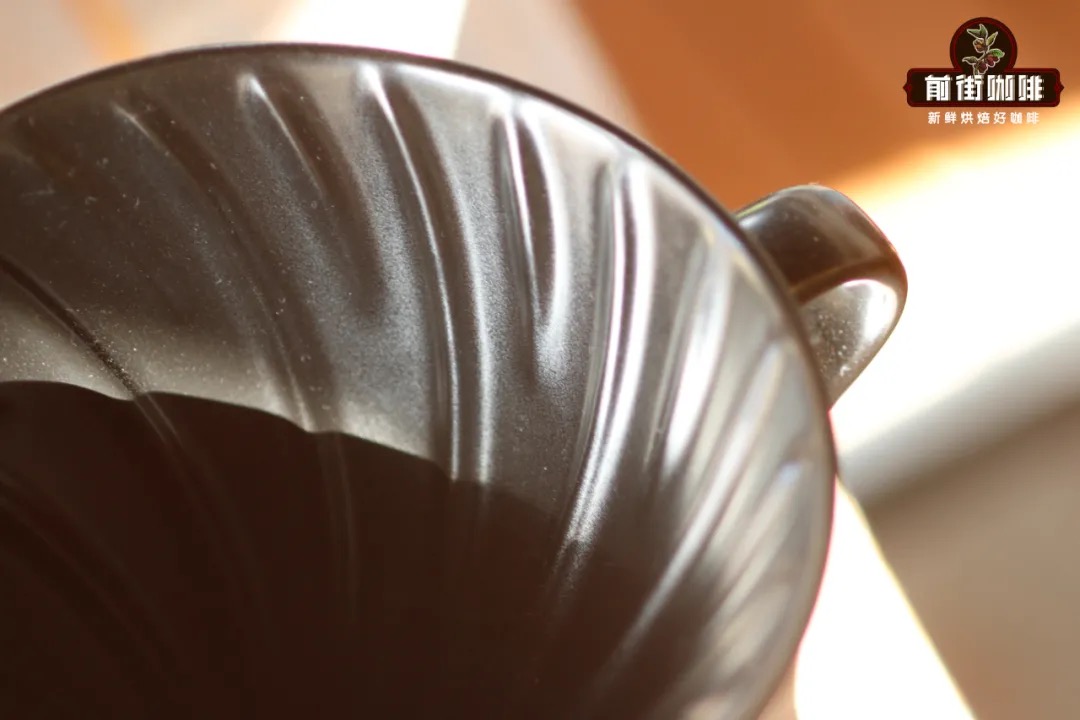
So what kind of coffee filter cup should I get?
In terms of performance-to-price ratio, the resin material is certainly the highest, durable, enough for beginners, while the glass and ceramic materials are easier to damage, the price will be higher, especially the glass material. If you like to drink deep-roasted coffee beans or full-bodied coffee beans, you can consider starting with ceramic materials; if you want to be aesthetic, you can get glass materials.
Important Notice :
前街咖啡 FrontStreet Coffee has moved to new addredd:
FrontStreet Coffee Address: 315,Donghua East Road,GuangZhou
Tel:020 38364473
- Prev

Do you want to buy the latest double valves for mocha pots? Guide for the difference between single valve and double valve in mocha kettle
The mocha pot is a very simple coffee utensil that can be brewed with coffee oil. It is also the first choice for many money-saving party-style coffee. The mocha pot was invented in 1933, when there was no modern semi-automatic Italian coffee machine, so the coffee made by the mocha pot at that time was not bad, even.
- Next

How to prepare freshly ground coffee at home and drink it for five minutes to make your coffee taste better
Freshly ground coffee generally refers to ground coffee on the spot, grind the coffee beans into granules of a certain size, add hot water, and then brew according to a certain extraction framework. The so-called extraction framework is the tools we usually use when brewing and the factors involved in coffee brewing, which are the most common.
Related
- Beginners will see the "Coffee pull flower" guide!
- What is the difference between ice blog purified milk and ordinary milk coffee?
- Why is the Philippines the largest producer of crops in Liberia?
- For coffee extraction, should the fine powder be retained?
- How does extracted espresso fill pressed powder? How much strength does it take to press the powder?
- How to make jasmine cold extract coffee? Is the jasmine + latte good?
- Will this little toy really make the coffee taste better? How does Lily Drip affect coffee extraction?
- Will the action of slapping the filter cup also affect coffee extraction?
- What's the difference between powder-to-water ratio and powder-to-liquid ratio?
- What is the Ethiopian local species? What does it have to do with Heirloom native species?

